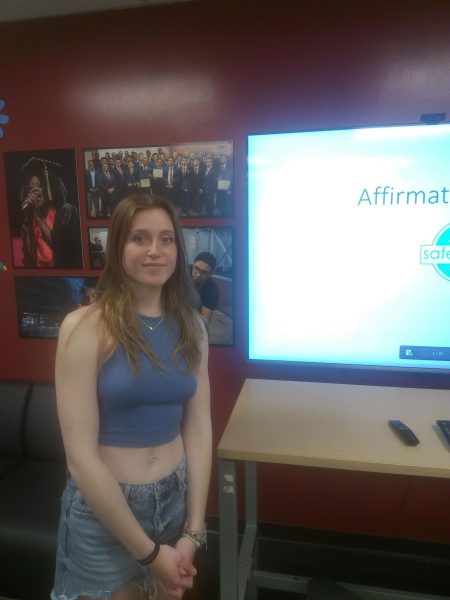It’s Complicated, Go Vote
When I turned 18, my first election was in 2008. I was ecstatic to be voting in an election that would potentially elect the first black president in US history. I felt so hopeful about the future and was clearly naive about the world of politics.
As President Barack Obama’s eight years in office was coming to an end there was a hidden, simmering sense of anger beginning to boil. The development of the “us vs. them” mentality.
Then the 2016 election happened. And I had been boiling inside but I almost became cold when Donald Trump won. I couldn’t believe my fellow Americans voted this man to the highest position of political power. This man who goes against all of my feminist ideals. This man I despise.
How was I so blindsided?
This question can be answered by a New York Times article, “How Did Donald Trump Win Over So Many Obama Voters?” which consists of a transcript between Nate Cohn, The Upshot’s elections analyst, and Toni Monkovic, an Upshot editor during the 2016 election.
During the 2016 election, Democrats assumed they had the working-class vote because Obama had won this demographic during his elections, but then Trump gained these votes.
“Both Obama and Trump ran as change agents, against the establishment and corporate interests … ,” Monkovic said. Trump also ran under a working-class platform aimed at fighting special, corporate and establishment interest groups but under a new type of narrative; drain the swamp and the anit-socialist narrative.
I missed the turning of the tide. The moment when enacting change became about exclusion and hate. In a strange sort of way, I understand how they got there.
When you want a problem solved you try plan A and if that doesn’t work you go to plan B even if plan B is the worst choice possible because you are running out of time and options.
When the working-class were promised changes in job security, affordable housing and health care they wanted to see it happen fast. They wanted to hit the markers of adulthood like they were promised in their youth, but politics rarely moves fast. How they feel matters because they make up over 60% of the labor force who will vote in this next election.
Now understanding this complexity doesn’t stop me or you from being angry. And while it feels so satisfying to bash the opposing side, I have to remember they have a right to their own opinions no matter how much I disagree. Being angry doesn’t change the current narrative.
There is only one way to do that, by voting. No matter what party your affiliation is, vote. I know voting can seem daunting but here are some helpful tips to help quell your anxiety:
- Figure out where you want to register to vote. If you are an out of state student you can request an absentee ballot.
- Don’t be scared by the process of registering to vote, there are multiple ways to register; in person with an on campus canvasser, online or through the school portal or by mail. California allows you to vote by mail which allows you to save time instead of waiting in long lines at polling places.
- While registering you’ll want to decide a party affiliation, Democrat or Republican. If you choose no affiliation or nonpartisan be aware that you may not be able to participate in caucuses and primary elections.
- Research your party, candidates and key political issues. VoteSmart and FactCheck are two great sources aimed at increasing access to accurate unbiased information to all types of voters. They cross check accuracy of claims made by political figures to help ensure accuracy of information.
Lastly, tell your friends to vote and be involved. Use #vote to inspire others to be passionate and use their voices to make the changes they want to see. Remember, talking without the support of action means nothing.
Erin Holve can be reached at [email protected]
















